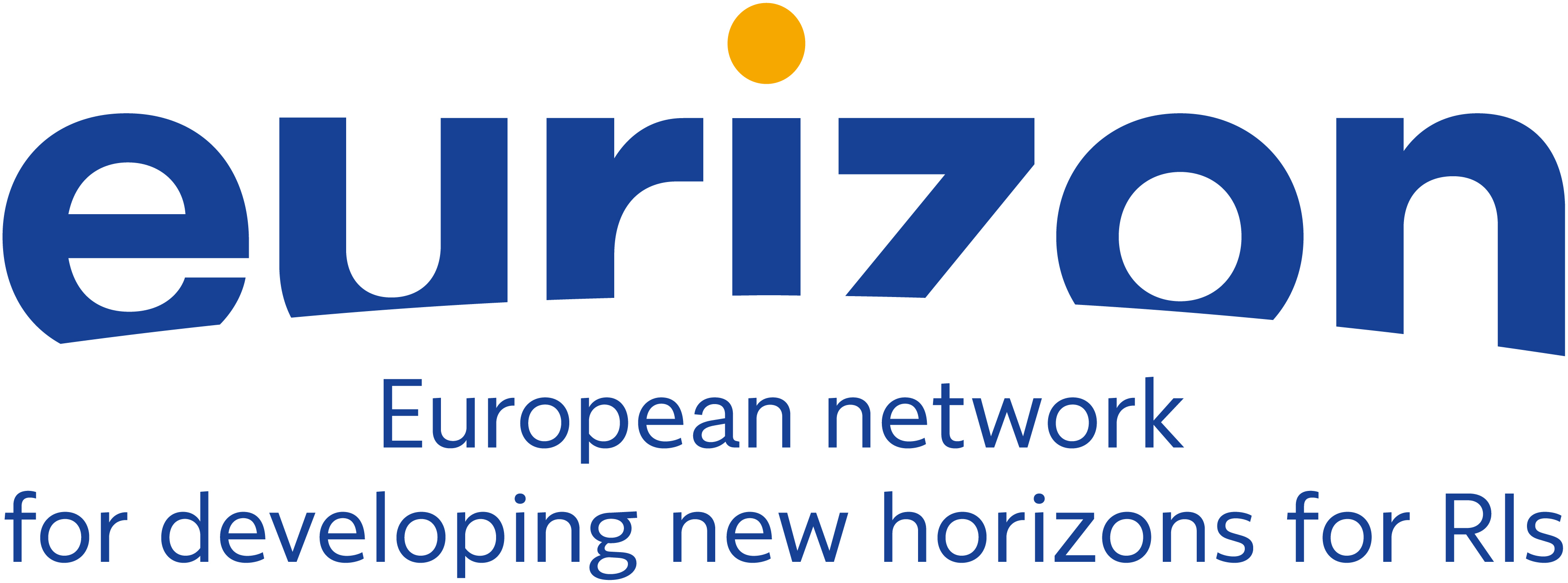WP7 Detectors
WP7 Detectors
WP Manager(s):
Christian Schmidt
Participants: FAIR, DESY, GUF, CNRS-IPHC, ESS ERIC, INR NASU, UNIMIB, WUT
Objectives
The main objective of this work package is to develop beyond state-of-the-art detector technology for the instrumentation of the ESFRI projects ESS and FAIR and other European RIs. The work within WP7 also fosters synergy effects in detector technology of thermal and cold neutron beams at ESS on one side and nuclear and high energy physics on the other. The development of large-size, fast monolithic active CMOS pixel sensors (MAPS) and their integration to a high-rate silicon tracker of extremely low material budget are also an objective:
- MAPS-CMOS technologies for silicon trackers;
- New methods for effective integration of MAPS sensors;
- The development of next generation of neutron detectors;
- Pilot exploration to introduce MAPS sensors in neutron detection applications
- Training of next generation of neutron detector experts;
- School for young scientists on particle detection technologies
Description of work
Task 7.1: Development of CMOS technologies for high-rate Silicon trackers (CNRS-IPHC, FAIR, GUF, INR NASU)
Task 7.2: Development of new methods for effective integration of MAPS sensors in large-area tracking detector systems with extremely low material budget (FAIR, GUF, INR NASU, DESY)
Task 7.3: Next generation Neutron Detectors (ESS, UNIMIB, INR NASU)
Task 7.4: Training and school for young scientists on particle detection technologies (CERN)
Task 7.5: Use of modern MAPS technologies for neutron instrumentation (FAIR, IPHC, INR NASU, ESS, WUT)
WP7 Results
Please note that this section lists deliverables of both project phases (CREMLINplus and EURIZON) under the GA No. 871072.

